Threads: Atlanta and After
|
Letters
written by me, updated May 2006 |
|
Background: I now had more than a decade of experience as a TV sports graphics operator, and I was being booked for some major events. The invitation to the biggest one, my second Summer Olympics, had been offered on November 18, 1994 — twenty months in advance. |
Wednesday, June 5, 1996
The local baseball team having left for a West Coast trip, I actually have a few consecutive days off. But I don't know how to handle the free time.
I see something that needs to be read, so I sit down and read it. It starts to rain outside, so I go to the window and watch it. The piano catches my eye, so I sit down and play something. Then maybe I pick an item at random from my "to do" list and work on it for a while. Most of those items don't have a definite deadline, so there's not much pressure to tackle any of them, and I get lazy.
But I do need to get this letter in the mail so that you'll receive it by your birthday. Therefore, you are now on the top of the priority list, well ahead of taking my car in for an oil change. (Maybe I'll get to that on Friday.)
Atlanta '96
A big chunk of my summer will be spent at the Olympics in Atlanta. Eight years ago in Seoul I was working for NBC; this time around I'll be working for AOB, the "host broadcaster" that makes coverage of all the events available to all the countries that want it.
Not all countries want it. For example, the United States and Japan are among those that will produce their own telecasts instead; therefore, I don't expect any of my work will be seen in this country. But most of the smaller nations will take parts of AOB's feed and add their own announcers (who may actually be sitting in a studio back home). So the graphics on which I work will be seen far and wide.
Because of the different languages involved, I expect that most of the graphics will be not English sentences but simply flags and names and numbers. And much of that data will come directly from the scoring computer system, so I won't have to type it, just call it up. But I'll also be working on the opening and closing ceremonies, in addition to track & field (or "athletics" as it's called), because I'll be in Control Room A at the Olympic Stadium.
I'm told that those of us working there will be housed at a place called Carter Hall. It's either an old hotel which has been renovated and will become a dormitory after the Olympics, or an old dormitory which has been renovated and will become a hotel after the Olympics. Anyway, it's only a couple of blocks from the stadium, so I shouldn't have to contend with the traffic problems in Atlanta.
|
Carter Hall, the white high-rise across the corner from Atlanta-Fulton County Stadium, is marked with a red arrow in this postcard view. Tom Brokaw's NBC Nightly News originated from a makeshift studio on the roof of this building. Olympic Stadium, in the foreground, was reconfigured after the Olympics. It's now Turner Field, home of the Atlanta Braves. |
|
Oberlin
LGBU
I was in Cleveland for the opening day of baseball season in April and found this article in the Plain Dealer under "Oberlin":
The college's sixth annual Drag Ball will be Saturday night. Last year the event drew more than 1,500 of the college's 2,700 students and was covered by Rolling Stone magazine, which called it the "Mardi Gras of the Midwest." The ball raised $4,000 for the Lesbian-Gay-Bisexual Union, the sponsor. The evening includes a runway competition where a drag king and queen are chosen.
I seem to recall that when you were on Social Board, you suggested a runway competition where a Miss Oberlin would be chosen, but that idea was deemed politically incorrect. Times have changed, more than once.
The college's alumni publication, trying to avoid offense to wealthy benefactors, didn't mention the runway but referred to the "all-campus party" as "Oberlin's greatest event of community spirit and bonding."
Rock and Roll
As it turns out, the baseball game in Cleveland was snowed out. (This has been a very cool spring, hasn't it?) So I had a free day. I took the opportunity to visit for the first time the Rock and Roll Hall of Fame and Museum, having worked at the museum's opening concert seven months earlier.
As I expected, I found the museum only mildly interesting. Of course, different displays interest different people. I noticed certain pieces of electronic equipment. There were three Ampex reel-to-reel tape recorders similar to those we had at WOBC, and I noted that the museum staff had threaded one of them incorrectly! There was also a 1968 Moog synthesizer, which reminded me of the analog computer we worked with one day in a physics lab. The idea was to run a patch cord from the output of this oscillator to the control input of this other oscillator over here, and then patch the second oscillator's output into a frequency-controlled variable-Q filter, and so on. Of course, nowadays almost all computers and synthesizers are digital.
There was also displayed a sheet of paper on which Neil Young had scribbled down in red ink the words that became the 1970 Crosby, Stills, Nash & Young song "Ohio," about the Kent State shootings. ("Tin soldiers and Nixon coming/We're finally on our own.") The paper looked like it had been folded and stuck in an inside jacket pocket; I've seen that pattern of perspiration-induced wrinkles before.
This filled in a gap in my knowledge, because I had never heard clearly the first eight words of the later lines, "What if you knew her and / Found her dead on the ground?" And it reminded me of those somber times, when classes at Syracuse shut down for a time, campus streets were barricaded, and I later played this quickly-released song on WAER.
Wednesday, June 5, 1996
Yes, I'll be in Atlanta for the Games, from July 11 through August 6.
We'll start out with rehearsing and then televising the opening ceremonies July 19, and then switch over to "athletics" (track) for a couple of weeks until it's time for the closing ceremonies.
Inside the stadium, I understand that the control-room air conditioning is working very well; so believe it or not, I'll have to take some warm clothes to work in Atlanta in July. If our paths should cross, I'll be the one in the jacket and long pants.
|
|
The Olympics organizers actually supplied those long pants, along with the rest of our uniform: belts, utility packs, hats, and shirts (being modeled here by a representative of Hanes), plus even shoes and socks. There was a color code for the shirts: gold rings for ushers and ticket takers, red rings for medics, and teal rings for staff members on the field of play. When my coordinator Al Bernstein and I were leaving the stadium after the final night of competition, people offered to buy the shirts off our backs as souvenirs. We declined. Ten years later, I still have the three shirts I was assigned, and I wear them occasionally to work baseball telecasts. |
|
For my security background check, in December 1995 I had been required to list all my foreign travel during the previous 15 years. It took quite a bit of research, though all but three of the trips had been to Canada. Rather than let that work go to waste, I reproduce the list here. |
|
|
Montreal |
June 10-11, 1987 |
Montreal |
August 8-10, 1990 |
|
Montreal |
June 23-25, 1988 |
Montreal |
Sept. 14-16, 1990 |
|
Toronto |
July 15-18, 1988 |
Montreal |
April 23-25, 1991 |
|
Montreal |
August 10-12, 1988 |
Montreal |
June 28-July 1, 1991 |
|
Seoul |
Sept. 2-Oct. 4, 1988 |
Toronto |
March 13-14, 1992 |
|
Montreal |
Sept. 7, 1989 |
Montreal |
April 21-22, 1992 |
|
Tokyo |
Feb. 8-12, 1990 |
Montreal |
June 26-29, 1992 |
|
Toronto |
March 30-April 2, 1990 |
London |
August 28-30, 1992 |
|
Montreal |
June 22-24, 1990 |
Montreal |
Sept. 23-25, 1992 |
|
Montreal |
July 23-26, 1990 |
Montreal |
October 1-2, 1993 |
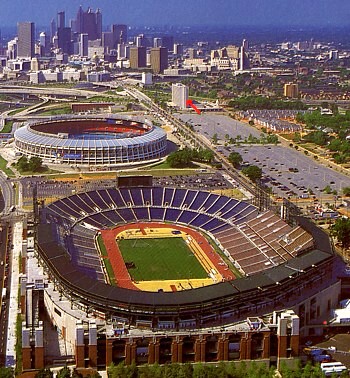
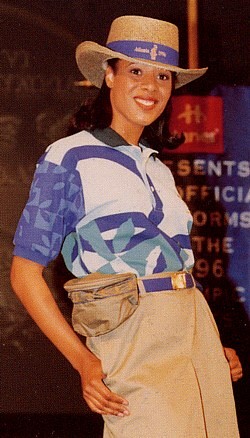
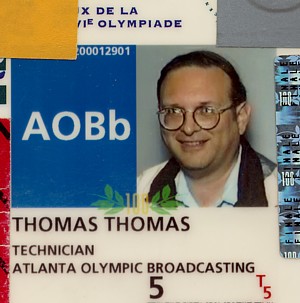
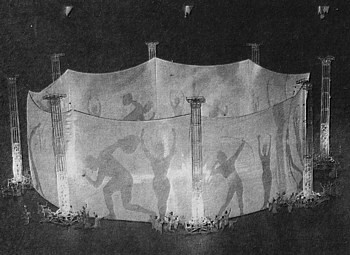
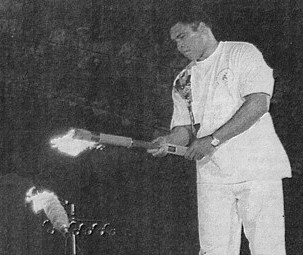

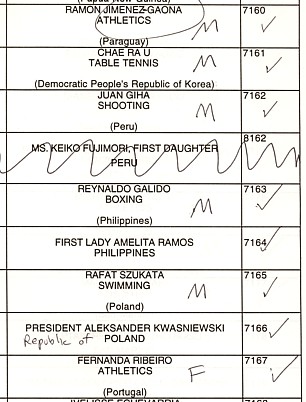
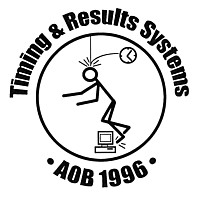

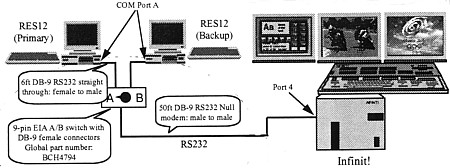
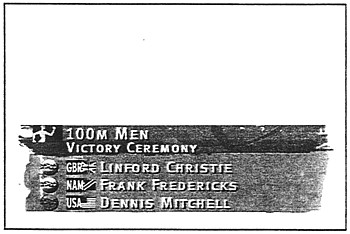
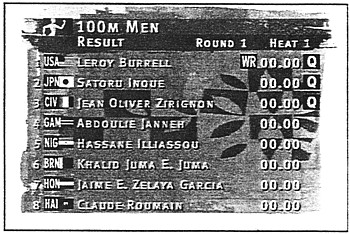
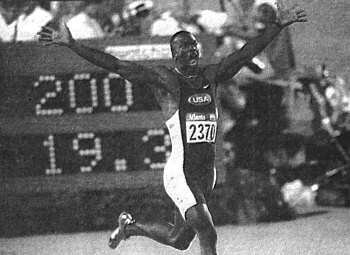
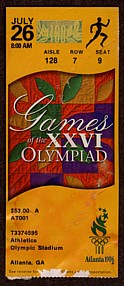 Going
to disk utilities? EXIT
message compose (don't SUSPEND,
else later the "globe" will crash).
Going
to disk utilities? EXIT
message compose (don't SUSPEND,
else later the "globe" will crash).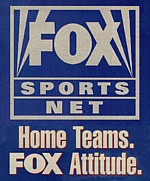
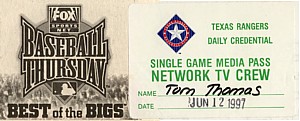
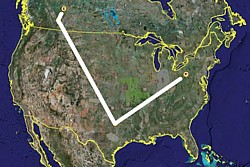
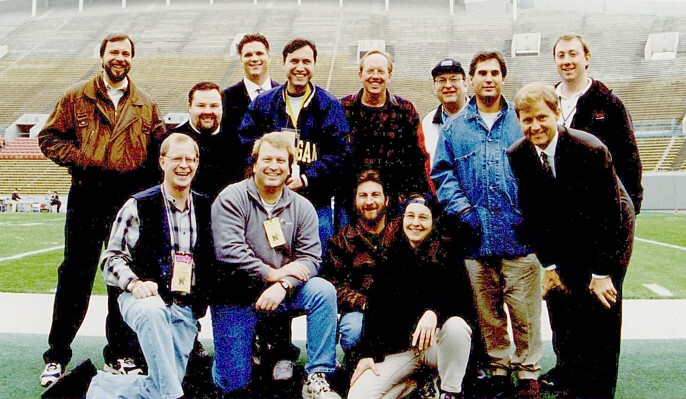
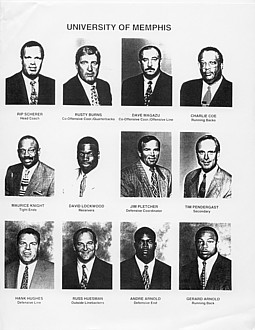
 Secondly,
when we planned which lower thirds we would use, we were working
from a show format. I assumed that the wrestlers would be
fonted when they entered. Once the show began, it became
apparent that the executive producer wanted them fonted later, when
they were introduced by the ring announcer.
Secondly,
when we planned which lower thirds we would use, we were working
from a show format. I assumed that the wrestlers would be
fonted when they entered. Once the show began, it became
apparent that the executive producer wanted them fonted later, when
they were introduced by the ring announcer.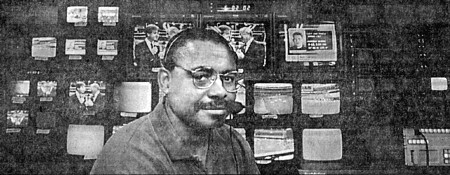 While
the Fox Sports Net Pittsburgh cameras shoot a pregame discussion
between Pirates announcers Greg Brown and Steve Blass, director
Dennis Galloway turns away from his monitors to pose for photographer
Peter Diana. The feature story would run in the Pittsburgh
Post-Gazette August 24, 1998.
While
the Fox Sports Net Pittsburgh cameras shoot a pregame discussion
between Pirates announcers Greg Brown and Steve Blass, director
Dennis Galloway turns away from his monitors to pose for photographer
Peter Diana. The feature story would run in the Pittsburgh
Post-Gazette August 24, 1998.